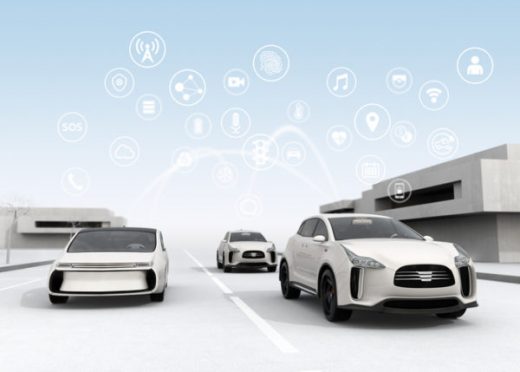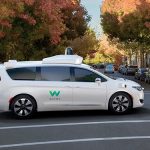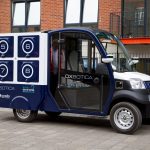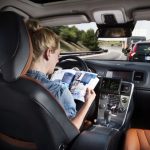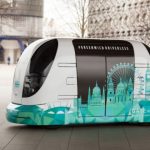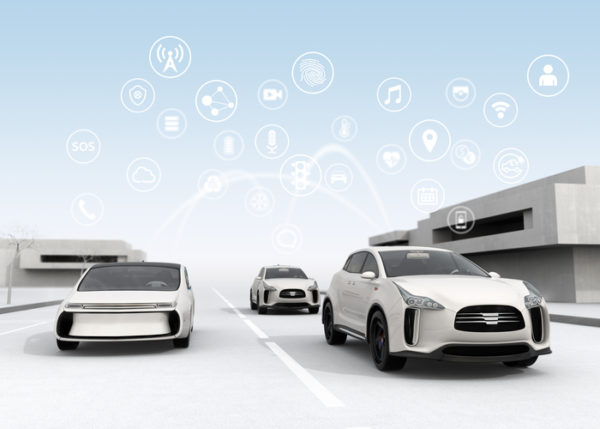New study shows just a few driverless cars help ease traffic
New study shows just a few driverless cars help ease traffic

In a world where self-driving cars are rapidly hitting our streets, some argue that the benefits of autonomous vehicles, such as safer roads, will not be experienced until they make up the majority of vehicles on the road. The concern is that humans are capable of too many errors, causing a kink in the safety plan.
However, the University of Illinois at Urbana-Champaign just shared a new study that shows that the addition of just a few autonomous cars can minimize congestion on our roads.
See Also: Who is responsible for autonomous car regulation?
In demonstrating a phantom traffic jam where cars drive in a circular motion in order to simulate the impact of a lone car slowing down on a road full of traffic, one car pumps its brakes for no reason, and all the cars behind it are forced to slow down. The University of Illinois research, managed by Daniel Work, demonstrates that introducing just a single autonomous car into one of these circular traffic simulations can reduce the effects of the phantom traffic jam.
The research results show that an autonomous vehicle controlling its speed wisely when a phantom jam starts to occur can make it possible to lower the amount of braking performed further back down the line. The existence of a single autonomous vehicle lowers the standard deviation in speed of all the cars in the jam by about 50 percent, and the number of sharp hits to the brakes is reduced from nine per vehicle for every kilometer traveled to a maximum of 2.5.
Savings are just an added benefit
Because fuel use increases when cars slow down and have to gain speed again, the presence of an autonomous vehicle also decreases fuel use. In fact, savings can be as much as 40 percent when averaged across all the vehicles in the traffic flow.
Even with just one vehicle in a flow of 20 other cars, these results occur. And this level of autonomy needed in order to have this effect isn’t the kind that Uber, Waymo and others are planning to build. Rather, it is more like the adaptive cruise controls already integrated into many higher-end cars. So, though we may have to wait a while for all of autonomy’s effects to be felt, its ability to minimize traffic congestion may be here sooner than expected.
The post New study shows just a few driverless cars help ease traffic appeared first on ReadWrite.
(22)

